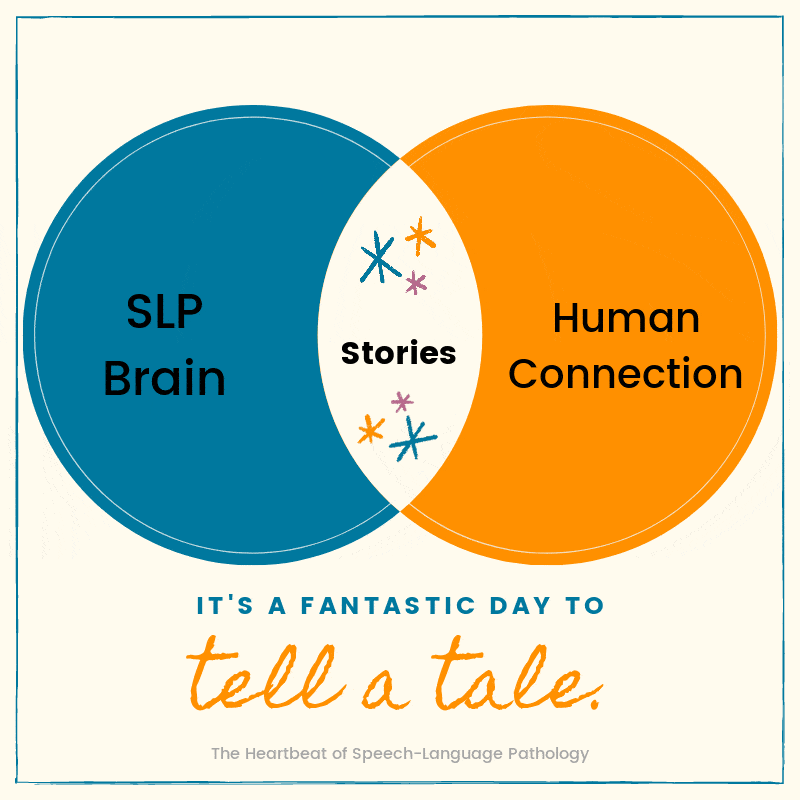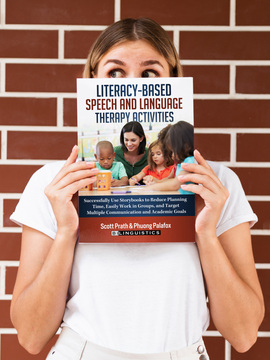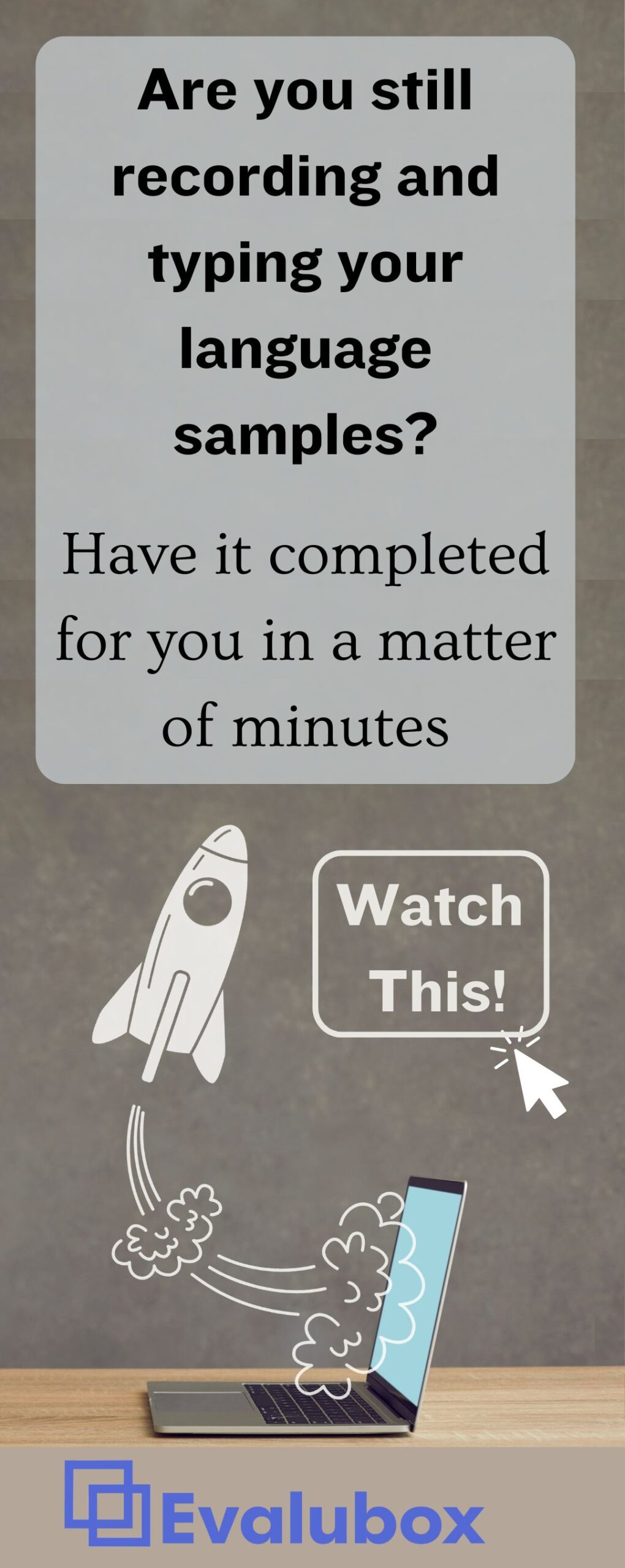SLP + Human

Please cue the Beastie Boys, SLPs. “Now, here’s a li-ttle story I’ve got to tellllll ’bout an SLP you kind-a know well. It started way back in ’78 with a man. and a war. and magical whale.” The first session, for me, always brings forth a smattering of anxiety, excitement for communication growth and the chance to connect with another human being. My SLP brain feels pressured to jump right into building core vocabulary, repeated productions of the pre-vocalic /r/ and social narratives. My human heart wants permission to take the needed time to build rapport and, ultimately, trust. So, what is an SLP to do in speech-language therapy? I tell my favorite story.
Story
I pull out my Story Template or a sheet of paper, and I begin to draw as I tell my tale. I talk about how a long, long time ago there was a man who lived in a placed called Vietnam. In this faraway place, there was a war between the North and the South. I draw the s-shaped country and draw a line dividing the human-created boundaries. I talk about how the man chose to fight for the South, and they lost. So, he was imprisoned for two years. Upon his release, he married a woman, and they decided they would leave Vietnam. The man, a naval captain, was given the job of getting him, his wife and 54 other people to a placed called Hong Kong.
I draw the destination location on the storybook template. I draw the boat with the mediocre drawings of stick people–lots of them. I tell about how the engine broke on the second day. So, the man hung sheets as sails. I draw the billowy sheets. On the fifth day as a strong storm passed, the boat was about to capsize. As it was flipping over, about to dump everyone in the South China Sea, a whale came out of the dark waters and put her body against the boat and kept it steady until the storm passed. On the eleventh day, the 56 people arrived in Hong Kong, and the woman had a baby the next morning at 3am. I ask, “Would you like to see a picture of the people in the story?” They always say, “Yes.” Then, I show a picture of the man and woman in the story holding the baby. Then, I tell them the baby is me. SLP-me.
Research
Why would I spend an entire speech-language therapy session telling my story? I’ll let the research speak for itself. It’s a given that literacy grows the brain. In our world, we know that by using stories, we improve skills in multiple language areas (Doyle & Bramwell, 2006; Debaryshe, 1993; Burner, 1978). Also, the brain learns best with stories. Suzuki et al. (2018) talks about how neural activity is activated in all areas of the brain (cortical, subcortical, auditory, linguistic, high-order areas parietal and frontal cortices) when listening to a story. Our brains like it. Smith and Evans (2018) tells us that stories contain data and emotion. Feelings are more effective when engaging listeners than data alone, and stories have BOTH! Dr. Paul Zak, a neuroeconomist, tells us that we create oxytocin when listening to the stories told to us–this makes it meaningful, builds trust and makes information stick.
And, finally, the brain does not like to exist in an information silo. It learns best when information is linked to background information. Robert Marzano says, “What students already know about the content is one of the strongest indicators of how well they will learn new information relative to the content.” John Guthrie is equally adamant as he writes that comprehension as impossible without prior knowledge. Stories, then, provide a natural way to teach by linking information to background knowledge and personal experiences.
And, finally, I need to acknowledge that stories are just more fun. Just call me Phun Phuong.
Speech-Language Therapy Strategy
Alright, let’s get to how I do this. Just yesterday in our clinic, I was meeting my client, Hoang*, for the first time. He is a 6-year-old who is working on his speech sounds. He is also a child with Attention Deficit Disorder (ADD). I knew that I had to keep his attention and work on his speech sounds and keep data and (hopefully) make progress. Here’s how it went down:
- “I want to tell you my favorite story.” I pull out my Story Template. FYI: I treat each session like an Chinese soap opera–there is drama and theatrics. My grand non-verbal movements and exaggerated facial expressions, methinks, keep the kids intrigued.
- I begin telling the story and introduce one of the main characters, my father. I talk about the war (Hoang was fascinated) and his imprisonment (Hoang’s eyes were wide). Then, I ask, “How do you think the man felt? Good or bad?” He answered, and I was able to get him to repeat his backing goal 20x by repeating his answer. We continued this process for other words contained in the story including “boat” and “dad.”
- He also had a goal for eliminating the process of cluster reduction. So, he worked on the words “steady” and “fast“.
- He also had a goal for describing using 1-2 features. So, with the live drawings supporting his efforts, he worked on describing the boat, the whale and the ocean. I realized that his “zone of proximal development” (hello Lev Vygotsky!) was still at the 1-feature level. So we worked on colors–brown boat, gray whale, dark blue ocean.
- As he excitedly asked questions and made comments throughout the session, I took baseline data on his “intelligibility when retelling an event or communicating a want/need”.
By the end of the session, I had data on 4 of his 6 goals, a 6-year-old who stayed entirely engaged throughout a 45 session and made some fun memories…..that improves communication. This is surely a speech-language therapy win! The best part is when his mom came back at the end of the session for a debrief, he eagerly told the entire story to her. For those of you who are saying, “What about when I have more than ONE KID, Phuong?!” Well, check out this post on group therapy using literacy.
So, as you embark on the sea of speech-language therapy, consider storytelling as the raft to get you to your ultimate destination–to empower those you serve to tell their meaningful stories.
Phuong shares more considerations and strategies for speech-language therapy in Chapter 4 of The Heartbeat of Speech-Language Pathology. Dr. Celeste Roseberry-McKibbin writes, “I just love this book! It is a fast and easy read, and as a professor and public school (part time) SLP, I was very inspired and motivated. Phuong shares her touching personal story as the daughter of Vietnamese immigrants, and gives the reader an inside look at growing up in Texas where she served as a translator for her parents starting at an early age. There are also practical strategies for therapy in various areas, and Phuong cites research to support them. Honestly, I’ve not seen a book that manages to touch both my mind and my heart like this book did. When you need that shot in the arm to just keep going, reach for this warmly written book that shines with grace and love.”





What an amazing story! Thanks for sharing and for the great therapy strategy.
Mary Ellen, thank you! Let us know how your students respond to your story. Here’s to narratives! – Phuong